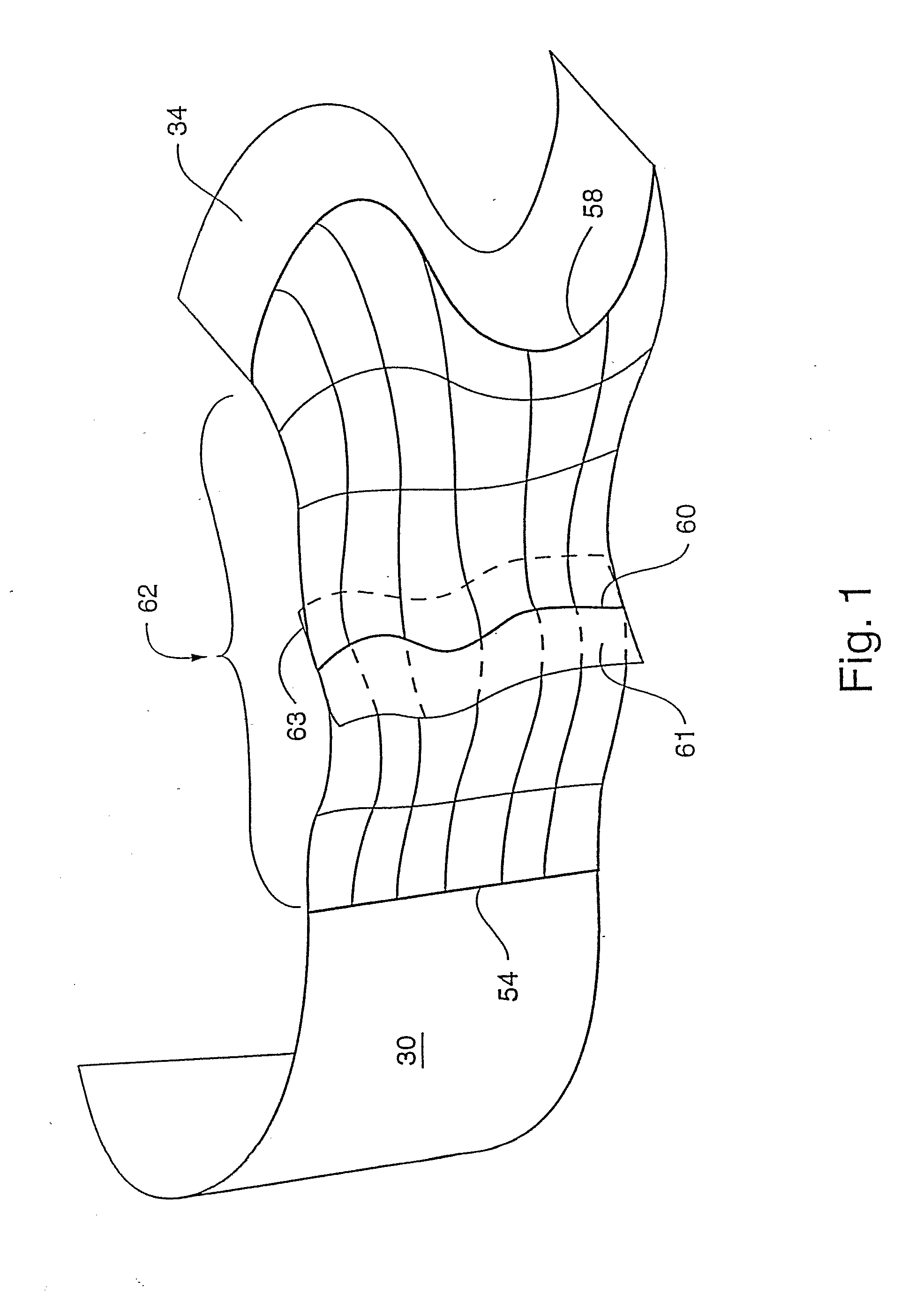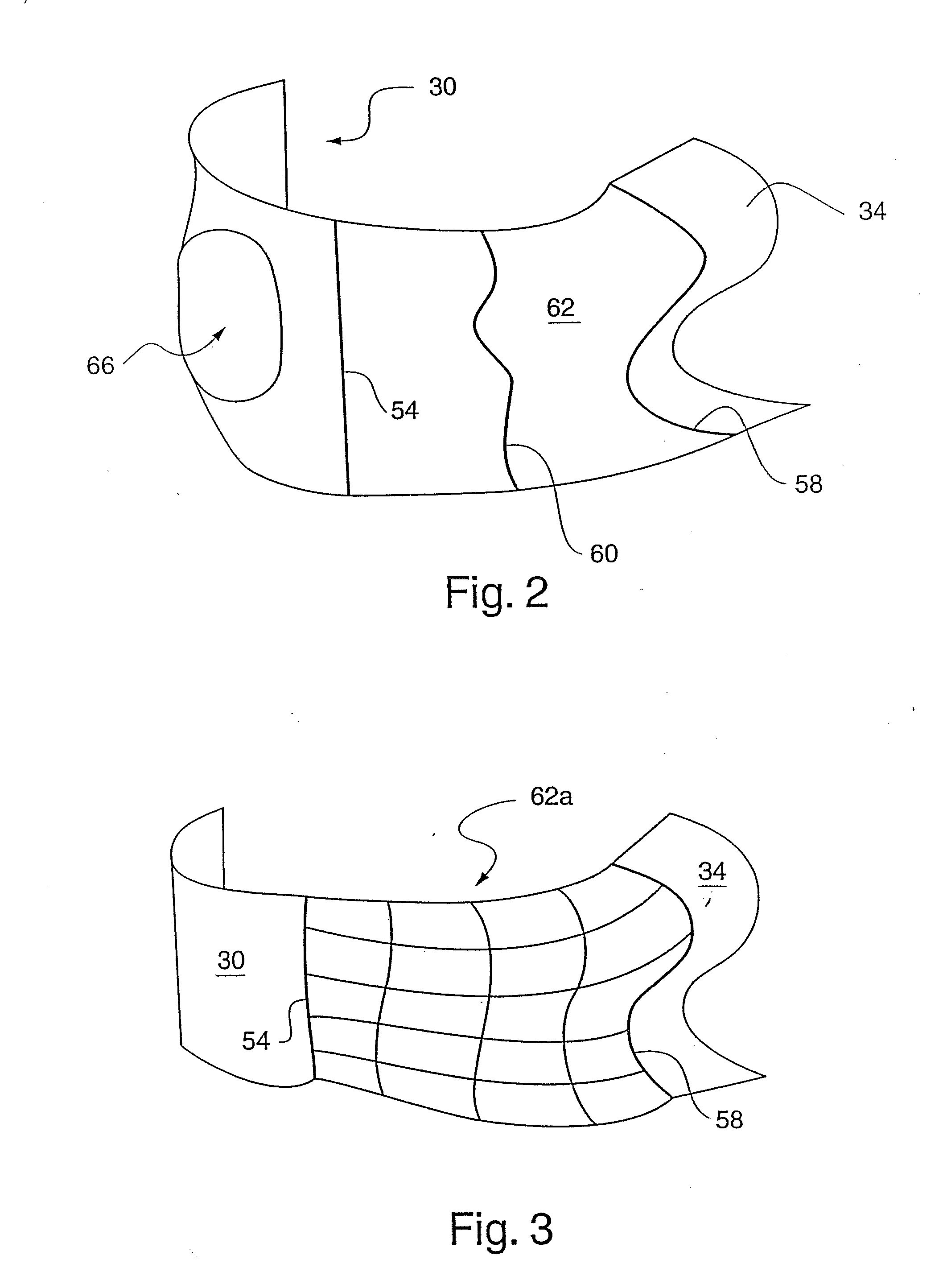Surface patch techniques for computational geometry
a surface patch and computational geometry technology, applied in the field of computer-aided design systems and methods, can solve the problems of inability to easily and efficiently interpolate from other subportions, no cad system wherein a designer (or more generally, a user) of geometric objects can easily and efficiently, and designers/users may encounter long delays. , to achieve the effect of improving visual and functional characteristics, and increasing the exactness of surface conversions
- Summary
- Abstract
- Description
- Claims
- Application Information
AI Technical Summary
Benefits of technology
Problems solved by technology
Method used
Image
Examples
Embodiment Construction
1. Introduction
[0133]FIG. 1 illustrates the use of an embodiment of the present disclosure for designing a surface 62 that interpolates any two parametric surfaces such as between the half cylinder surface 30 and the surface 34. That is, the surface 62 is generated via a novel surface interpolation process, wherein constraints on surface 62 shape are provided by the feature curves 54, 58 and 60, and their associated novel control geometry (e.g., isocline ribbons). In particular, the following constraints are satisfied by the surface 62:[0134](a) one or more geometric characteristics of the surface 30 along the feature curve 54 are imposed on the surface 62,[0135](b) one or more geometric characteristics of the surface 34 along the feature curve 58 are imposed on the surface 62, and[0136](c) the surface 62 interpolates through the feature curve 60, wherein the surface 62 tangents along the extent of curve 60 are derived from (e.g., identical to) the isocline ribbons 61 and 63.
[0137]T...
PUM
 Login to View More
Login to View More Abstract
Description
Claims
Application Information
 Login to View More
Login to View More - R&D
- Intellectual Property
- Life Sciences
- Materials
- Tech Scout
- Unparalleled Data Quality
- Higher Quality Content
- 60% Fewer Hallucinations
Browse by: Latest US Patents, China's latest patents, Technical Efficacy Thesaurus, Application Domain, Technology Topic, Popular Technical Reports.
© 2025 PatSnap. All rights reserved.Legal|Privacy policy|Modern Slavery Act Transparency Statement|Sitemap|About US| Contact US: help@patsnap.com



